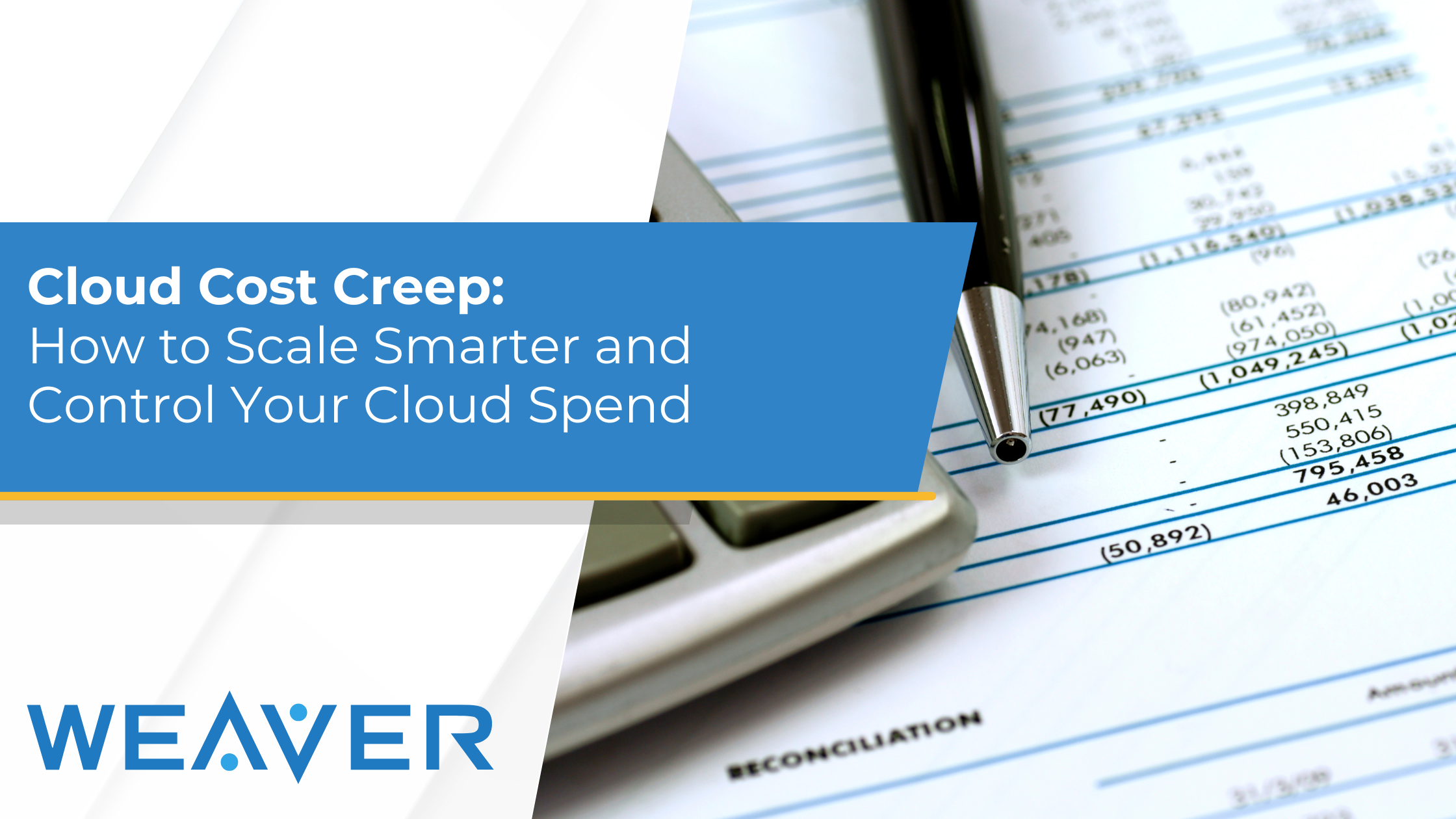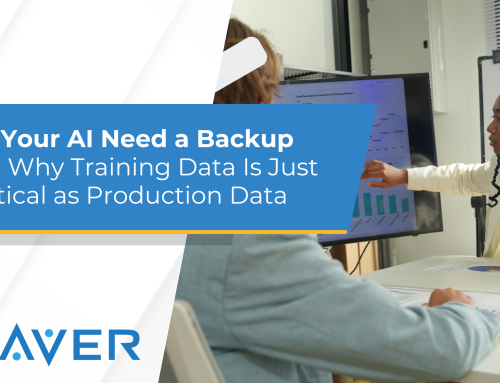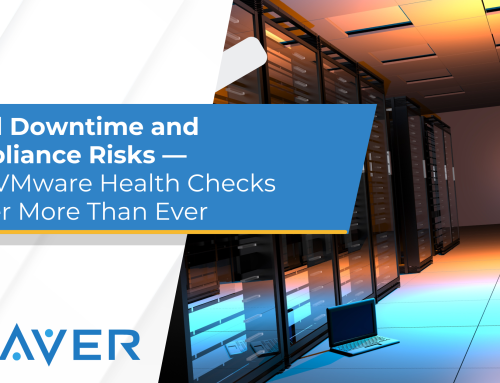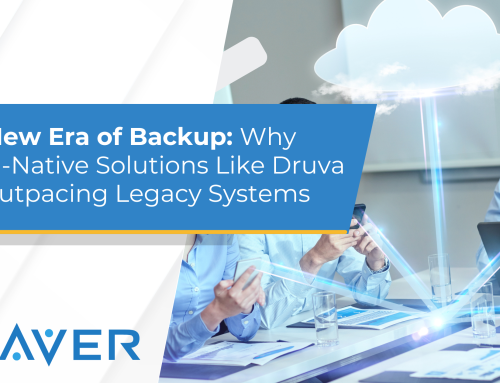Cloud platforms have transformed the way organizations operate — enabling faster innovation, easier scaling, and greater flexibility. But as usage increases, so do the bills.
One of the most common challenges? Cloud cost creep — the gradual, often unnoticed rise in monthly cloud expenses that can slowly drain your budget.
Whether you’re in education, healthcare, government, or commercial business, staying cloud-smart means learning how to scale without overspending. Here’s how to do it.
What Is Cloud Cost Creep?
Cloud cost creep happens when cloud expenses grow over time without a clear return on value. It’s not usually a result of a single mistake — it’s the accumulation of small, unmonitored inefficiencies across your environment.
Some of the biggest contributors include:
-
Overprovisioned compute and storage resources
-
Orphaned or idle virtual machines
-
Development environments left running
-
Unused licenses or subscriptions
-
Lack of visibility into who owns what
Why It Matters
For mission-driven organizations, cloud cost creep isn’t just a budgeting issue — it’s a roadblock to progress. When your cloud costs spiral out of control, it takes funding away from more strategic initiatives like modernization, innovation, or user experience improvements.
📊 In fact, 82% of organizations now cite managing cloud spend as their top cloud-related challenge (Flexera, 2024).
When every dollar counts, smarter cloud strategies aren’t optional — they’re essential.
5 Ways to Control Cloud Cost Creep
1. Establish Clear Visibility and Ownership
If you can’t see it, you can’t manage it. Use tagging and naming conventions to assign ownership of resources, track usage, and tie costs back to teams or departments.
2. Review and Right-Size Regularly
Your cloud needs will evolve — and so should your infrastructure. Review workloads quarterly to right-size resources based on actual usage, not projected demand.
Look at:
-
Instance types
-
Storage tiers
-
Bandwidth requirements
-
Database sizing
Smaller, optimized services can deliver the same results at a fraction of the cost.
3. Identify Idle or Unused Services
It’s easy to spin up a service in the cloud — but even easier to forget about it. Periodically review your environment for:
-
Old dev/test environments
-
Stale backup snapshots
-
Idle VMs
-
Unattached storage volumes
Deleting or consolidating these can significantly reduce your monthly bill.
4. Set Auto-Shutdown Policies
Automated shutdowns can prevent runaway costs, especially in environments used for testing, development, or seasonal workloads. Set schedules or usage thresholds to turn off non-critical resources during off-hours.
5. Design a Smarter Cloud Strategy
Not every workload belongs in the same environment. Hybrid and multi-cloud models let you align performance, security, and cost with the right platform.
For example:
-
Keep high-sensitivity data on-prem or in a private cloud
-
Run elastic apps or analytics workloads in the public cloud
-
Use cold storage tiers for archive data
This approach allows you to scale intelligently without paying premium prices for everything.
Don’t Let Cloud Costs Get the Best of You
Cloud cost creep is subtle — and that’s what makes it dangerous. But with the right controls in place, you can stay ahead of the curve, avoid surprise charges, and free up room in the budget for what matters most.







